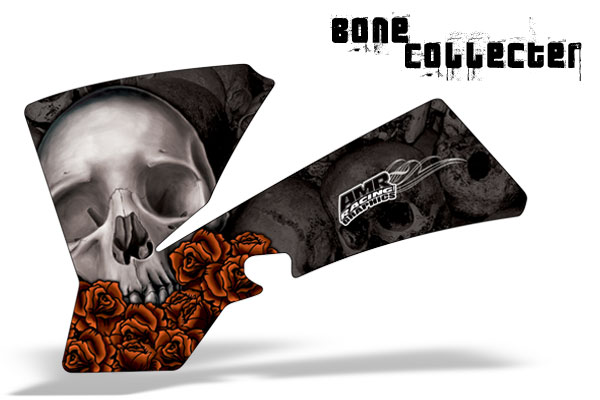HDU Bone Collector
Bone Collector |
| Time Limit: 2000/1000 MS (Java/Others) Memory Limit: 32768/32768 K (Java/Others) |
| Total Submission(s): 85 Accepted Submission(s): 49 |
|
Problem Description
Many years ago , in Teddy’s hometown there was a man who was called “Bone Collector”. This man like to collect varies of bones , such as dog’s , cow’s , also he went to the grave …
The bone collector had a big bag with a volume of V ,and along his trip of collecting there are a lot of bones , obviously , different bone has different value and different volume, now given the each bone’s value along his trip , can you calculate out the maximum of the total value the bone collector can get ?  |
|
Input
The first line contain a integer T , the number of cases.
Followed by T cases , each case three lines , the first line contain two integer N , V, (N <= 1000 , V <= 1000 )representing the number of bones and the volume of his bag. And the second line contain N integers representing the value of each bone. The third line contain N integers representing the volume of each bone. |
|
Output
One integer per line representing the maximum of the total value (this number will be less than 231).
|
|
Sample Input
1
5 10
1 2 3 4 5
5 4 3 2 1
|
|
Sample Output
14
动态规划是用空间换时间的一种方法的抽象。其关键是发现子问题和记录其结果。然后利用这些结果减轻运算量。
/* 一个旅行者有一个最多能用M公斤的背包,现在有N件物品,
因为背包最大容量M未知。所以,我们的程序要从1到M一个一个的试。比如,开始任选N件物品的一个。看对应M的背包,能不能放进去,如果能放进去,并且还有多的空间,则,多出来的空间里能放N-1物品中的最大价值。怎么能保证总选择是最大价值呢?看下表。
c[i][j]数组保存了1,2,3号物品依次选择后的最大价值.
这个最大价值是怎么得来的呢?从背包容量为0开始,1号物品先试,0,1,2,的容量都不能放.所以置0,背包容量为3则里面放4.这样,这一排背包容量为4,5,6,....10的时候,最佳方案都是放4.假如1号物品放入背包.则再看2号物品.当背包容量为3的时候,最佳方案还是上一排的最价方案c为4.而背包容量为5的时候,则最佳方案为自己的重量5.背包容量为7的时候,很显然是5加上一个值了。加谁??很显然是7-4=3的时候.上一排 c3的最佳方案是4.所以。总的最佳方案是5+4为9.这样.一排一排推下去。最右下放的数据就是最大的价值了。(注意第3排的背包容量为7的时候,最佳方案不是本身的6.而是上一排的9.说明这时候3号物品没有被选.选的是1,2号物品.所以得9.)
从以上最大价值的构造过程中可以看出。 标准的01背包问题。状态转移方程 f[i][v] = max{f[i-1][v-c[i]]+v[i],f[i-1][v]}
#include <iostream>
|
posted on 2011-08-22 19:23 NewPanderKing 阅读(1838) 评论(1) 编辑 收藏 举报




